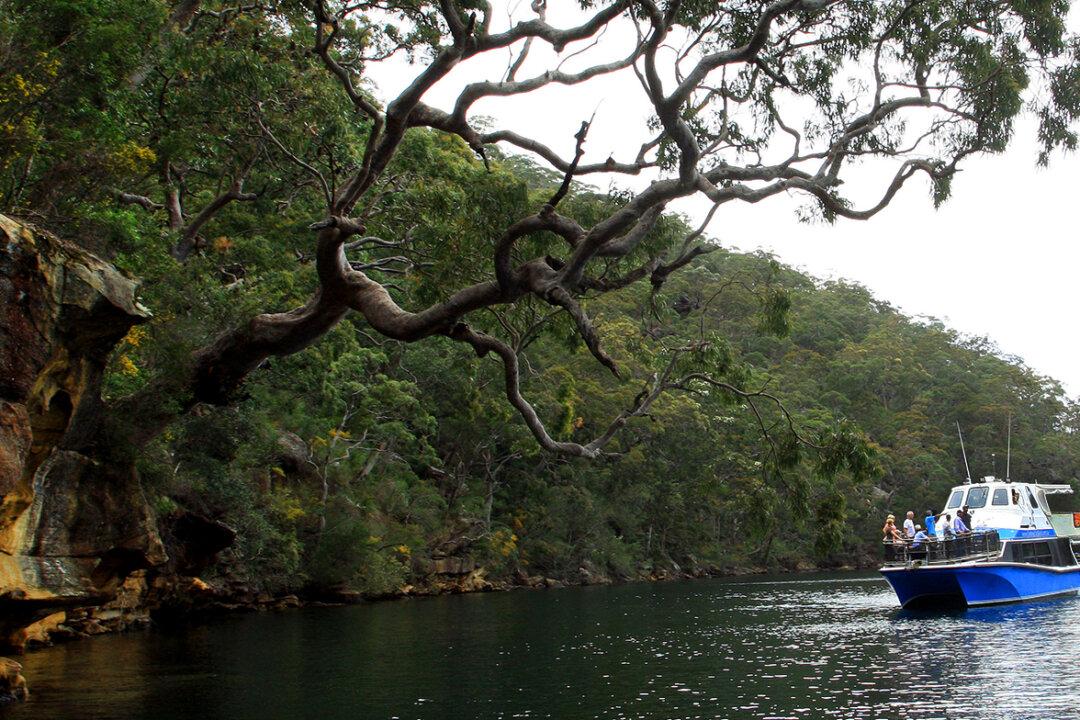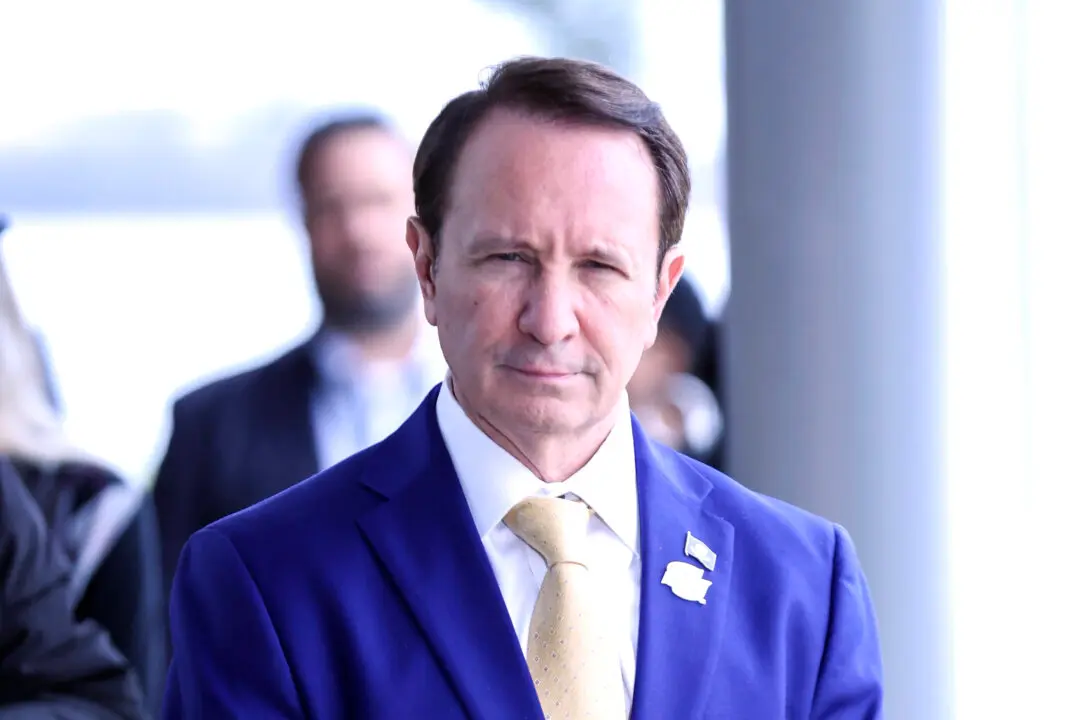As Australia continues on its reconciliation journey, with May 27-June 3 marking National Reconciliation Week 2016, I felt encouraged to seek a more personal experience of one of the world’s oldest surviving cultures.
Living in the metropolitan area of Sydney all my life, I have rarely taken the time to appreciate how much Aboriginal history and culture is etched into the sacred land that surrounds me. Keen to gain a deeper understanding of Aboriginal culture, I decided to jump online to see what Sydney in 2016 had to offer.






